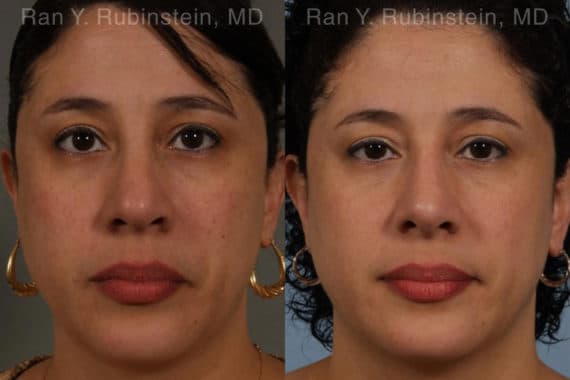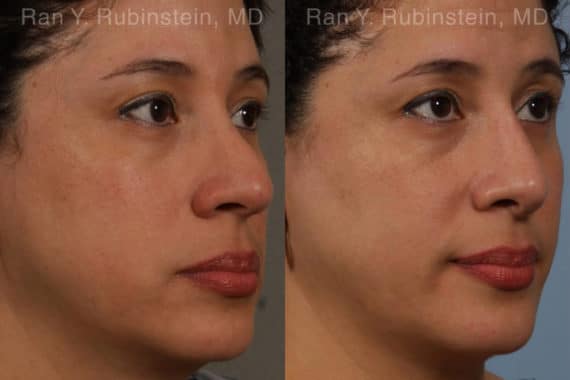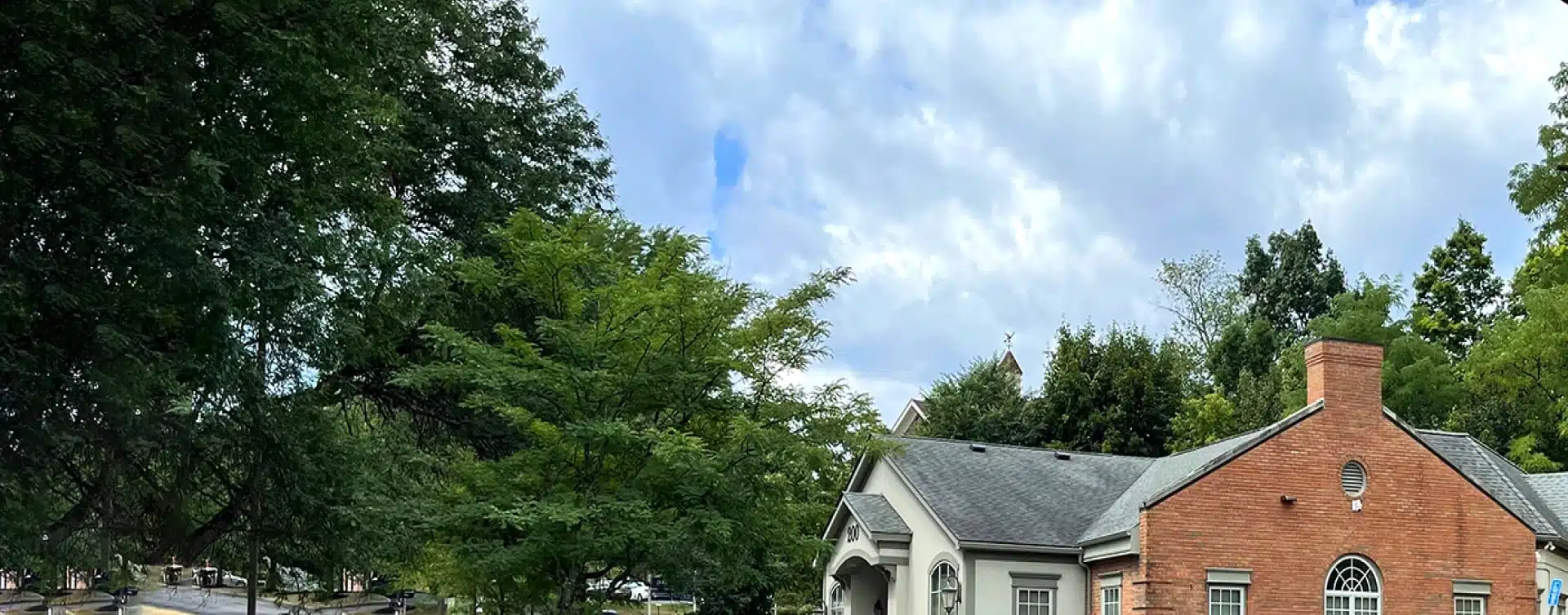According to the American Society of Plastic Surgeons (ASPS), nearly 1.6 million cosmetic surgical procedures were performed in 2012. Initial Rhinoplasty surgery, otherwise known as nose reshaping or a nose job, held its standing as the second most popular among plastic surgery procedures with 243,000 performed. With so many nose jobs performed each year, there are bound to be a certain number that requires revision. The national average for procedures that require rhinoplasty revision is approximately 15%, whereas ours is less than 5%. This means every year about 36,500 patients undergo corrective rhinoplasty. Many people are surprised at how common revision rhinoplasty Newburgh surgery really is.
Rhinoplasty is an extremely complex surgical procedure. Not only is the nose reshaped to look better, but it is also important that the surgeon be aware of how the nose functions. Any alterations in the structure have the potential to deeply impact the way a person breathes. It is best to choose a surgeon, like Dr. Rubinstein, who is able to perform functional surgery on the nose to address underlying issues with the nasal septum or sinus. Be aware that even the most expert rhinoplasty surgeons will have a revision rate, often due to unexpected complications during surgery or with healing that can arise. There are problems that may not be able to be anticipated in advance and are not revealed until after the surgery has begun. Revision rates are higher with surgeons who have little experience or use outdated techniques that do not take the overall well-being of the patient into consideration.
Why is secondary rhinoplasty common?
Sometimes revision is desired, not through any fault of the surgeon or due to complications, but because of the patient’s own emotions. Some people expect a complete transformation of their appearance after a cosmetic procedure. When the change is not as grand as they expected, they may feel dissatisfied. This is why chin implants or cheek augmentation may be recommended for patients trying to achieve better facial proportions. Combining cosmetic procedures has been shown to increase patient satisfaction. Other patients feel let down simply because they are not accustomed to the unfamiliar appearance they see when they look in the mirror. It can take some getting used to, so rhinoplasty patients should not jump into revision right away.
Secondary procedures are so common because primary rhinoplasty is one of the most complex cosmetic surgeries of all. Surgeons who lack the adequate experience and training to conduct this procedure properly may be at risk of performing substandard surgeries with unfavorable outcomes.
Thin cartilage, which requires an experienced touch to obtain successful aesthetic or practical results, makes up the nose. According to research published by the Aesthetic Surgery Journal, approximately 10% of rhinoplasty procedures require revision procedures. Other factors that contribute to increased revision rhinoplasty rates include:
- Outdated techniques or equipment
- Lack of communication between the doctor and patient
- Complications that impact the healing process and results
Several factors may indicate you’re a candidate for revision rhinoplasty – let’s give it a closer look.
Asymmetrical Results
Patients who undergo rhinoplasty might be underwhelmed by their results, as sometimes the nose appears to be uneven and not in accordance with what they expected. Carelessness when undergoing rhinoplasty can cause an uneven, disproportionate, or lopsided nose. Revision rhinoplasty can help achieve a more natural, balanced look that complements your overall facial features.
If upon completion of your rhinoplasty recovery period, you are displeased with the evenness of your nose’s appearance, a revision rhinoplasty may be the solution for you.
Results that don’t Look Natural
If an improper amount of tissue was taken out in the initial rhinoplasty procedure, it can lead to an unsatisfactory, unnatural look for the nose. Additionally, the previous rhinoplasty may cause the formation of scar tissue that requires surgical removal. Revision surgery can help to correct an unnatural-looking nose.
Disappointment in Your Results
If there was a lack of communication between the doctor and the patient, or if the procedure did not unfold as expected, many patients may be disappointed with the results. A surgeon’s skill and experience are not the same things. Although they may be knowledgeable in certain nose reshaping and resizing operations, some surgeons may not be as experienced in handling a wider variety of requests or techniques. An aesthetically appealing nose should be in balance with other facial features, meaning that rhinoplasty is highly personal and requires a customized approach.
Functional Nose Issues
A successful rhinoplasty should not only result in an aesthetically pleasing nose, but it should also ensure proper function. Inadequate healing or unresolved functional issues can lead to improper nose function following surgery. The Nasal structure is important as it affects respiratory and sinus health.
Physicians like myself offer revision rhinoplasty to help guide you in achieving the desired shape and function of your nose, while also addressing any breathing or sleep problems that may exist.
Injuries After Your First Procedures
Rhinoplasty is an effective option for reshaping and resizing the nose, but it does not render the nose immune to injury and trauma, particularly within the first year or two after surgery.
The restructuring of cartilage and tissue during the procedure may make the nose more delicate. In the event of an injury or trauma to the nose, revision rhinoplasty can repair it. Dr. Rubinstein works closely with patients in New York to address both cosmetic and functional concerns arising from trauma or injury.
The patients who are the most likely to avoid revision rhinoplasty in Newburgh are those that do their homework and select a well-qualified, dual board-certified plastic surgeon who thoroughly evaluates their nose during consultation. It is imperative to reveal your whole medical history and any nose-related issues that may have arisen over the years. Following the revision rhinoplasty surgeon’s post-operative instructions will also help to keep the need for revision at bay.


